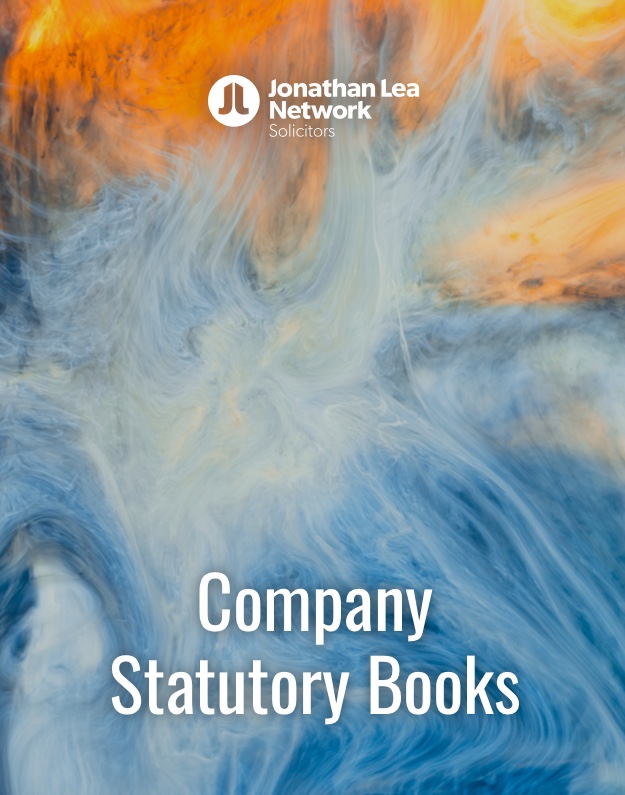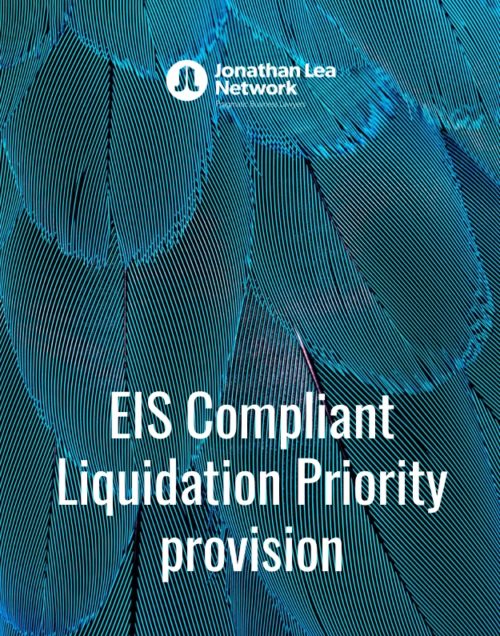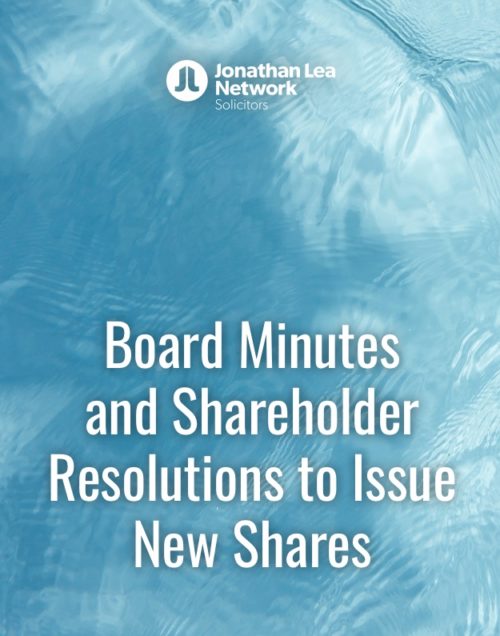Company Statutory Books
£6.99
This product contains templates of each of the documents that form part of a company’s “statutory books”. A term which usually refers to the statutory registers (required to be kept by all companied by the Companies Act 2006) and certain other registers that provide details of share issues and transfers and any charges against company property.
You can read more about statutory books and their purpose and importance in our blog post here.
The documents included in the pack are as follows:
- Register of Members
- Register of Directors and Secretaries
- Persons with Significant Control (PSC) Register
- Register of Share Allotments and Transfers
- Register of Mortgages and Charges
To assist you with using these templates we have included our guidance notes below, which you will receive a copy of as a separate document when you buy the product.
This product contains templates of each of the documents that form part of a company’s “statutory books”. A term which usually refers to the statutory registers (required to be kept by all companied by the Companies Act 2006) and certain other registers that provide details of share issues and transfers and any charges against company property.
You can read more about statutory books and their purpose and importance in our blog post here.
The documents included in the pack are as follows:
- Register of Members
- Register of Directors and Secretaries
- Persons with Significant Control (PSC) Register
- Register of Share Allotments and TransfersRegister of Mortgages and Charges
To assist you with using these templates we have included our guidance notes below, which you will receive a copy of as a separate document when you buy the product.
Statutory Books – Drafting Notes
All of the documents will require user input in order to complete “final” registers. They are all laid out in table format which allow additional entries to be added as they are updated with new information.
We have highlighted the areas for completion in yellow and included a description of what information needs to be included in that field. There are some further notes on each document below.
Note that each document includes a header and footer containing the company information – double click in each to open the editor and complete this information.
These documents are designed as internal registers and should not be confused with any forms that need to be submitted to Companies House, which are separate to these registers.
Register of Members
The template provides one entry for one shareholder. There should be one entry per shareholder. Copy and paste all of the fields in the template onto a new page and complete in respect of each of the company’s shareholders.
If a shareholder holds more than one class of shares, the table headed “Class” should be copied and a new table should be included for each class of shares held by that member. This should continue on the same page with a page break between different shareholders.
Each time a member’s holding changes (for example he is issued new shares) create a new row in the ledger. Not all of the fields will be relevant in all situations, for example the shareholder may dispose of (sell or transfer) shares meaning no new shares were acquired. In this case just type 0 into the “acquired” column.
The “Notes” column should be used to record the reason for a change. For example, “Shareholder was issued new shares after investing further capital in the company”.
Always remember to include the date of entry (i.e. the date the shares are acquired or disposed) and be sure to update each of the “Totals” fields along the bottom row.
Register of Directors and Secretaries
This document should be easy to complete. Create a new entry for each director and secretary by copying and pasting both of the relevant tables for each onto a new page.
Some company’s choose to hold a separate list of directors’ addresses but this is not necessary as the template incorporates this information.
Register of Persons with Significant Control (PSC Register)
The purpose of this document is to identify persons with significant control in the company. In most cases this should be a straightforward exercise but for more complex company structures, please refer to our blog post on how to identify a PSC or relevant legal entity (RLE).
The template includes an example entry for both a PSC and RLE – select the relevant format and create a new entry on a new page for each PSC or RLE.
When completing the “Nature of Control” section you will need to consider which of the five conditions apply to nature of control held by the PSC or RLE. Delete any which are not relevant and where appropriate complete the information highlighted in yellow.
Where condition 5 is the relevant condition, remove the writing in square brackets as appropriate.
Register of Allotments and Transfers
This is essentially a register of to record any issue of new shares or transfer of existing shares. A company is not required by the Companies Act 2006 to maintain this register, but it can be helpful where there are or there is likely to be a lot of share activity (for example where there are employee share schemes, or the company is seeking investment). If there are only a small number of shareholders or there have been no further issue of shares or transfers of shares since the incorporation of a company, then it may not be necessary to have this document.
The document is split between allotments (share issues) and transfers. There should be a separate table for each class of shares. Some companies choose to keep the two in separate registers, but the template incorporates a section for each within one document – these can be separated if preferred.
Create a new row on the relevant table for each issue or transfer and use the “Notes” field to explain the entry.
In respect of the share allotment section:
Enter the number of shares applied for and the actual number allotted in the relevant fields – this will most often be the same but in some cases, the number allotted will be less or more depending on any other applicants.
If shares are not fully paid up upon issue, the amount paid and amount payable should be included in the relevant fields (otherwise if they are fully paid on allotment put 0 in “Further Amount Payable”).
If a share warrant is issued (a document which gives the holder the right to subscribe for a certain number of shares) a new entry should be created but the “Name, Address and Description” should be blank until the warrant is exercised. Include in “Notes” the fact that the entry relates to a share warrant and any other relevant information.
In respect of the transfers section:
The transferor is the person transferring the shares and transferee is the person acquiring the shares, include details for each in the relevant fields.
The “Certificate Number” is the number located on the share certificate (if this is available, otherwise enter “Unknown”).
Register of Mortgages and Charges
There is no statutory requirement to maintain a register of charges but most charges need to be registered with Companies House to avoid them being deemed void and the charged amount becoming immediately payable, therefore it is useful to maintain a register of chargers in order to keep track of any registered charges.
A charge includes a mortgage, lien and any standard security interest, assignation in security interest or any other right in security but it does not include a pledge (which in English law is the delivery of possession of an asset as security, which can be actual or constructive).
If the charge is not registrable (but still included in the register) then put “Not registrable” in the “Date of Registration” field.
The “Date of Release” will remain blank until the date the charge is released or satisfied.
The person entitled to a charge will be the mortgagee (e.g. the bank) or person to whom security was granted to.
If for some reason the charge is interest free, put “NIL” in the interest field.
Be sure to include details of any covenants or restrictions, or any other specific details about the charge contained in the charge document or otherwise, in the “Particulars of Charge” field.









